stretching ears guide
Ear stretching, a popular body modification, involves gradually enlarging ear piercings for aesthetic or cultural purposes. It requires patience, proper technique, and consistent aftercare to ensure safety and success.
What is Ear Stretching?
Ear stretching is a body modification technique that involves gradually enlarging ear piercings to accommodate larger jewelry. It typically uses tapers or Stretching tools to incrementally increase the piercing size. This process requires patience and careful aftercare to ensure proper healing and minimize risks. The goal is to achieve a desired aesthetic, often using jewelry like plugs or tunnels made from safe materials such as glass, titanium, or surgical steel.
Popularity and Cultural Significance
Ear stretching has gained significant popularity worldwide, particularly among younger generations and alternative subcultures. It holds cultural and historical importance in various societies, often symbolizing spirituality, status, or identity. In modern times, it serves as a form of self-expression and fashion, with many embracing it as a way to showcase personal style and individuality. Its timeless appeal continues to grow, making it a beloved practice globally.
Preparing for Ear Stretching
Before starting, research and consult professionals to ensure a safe experience. Gather essential supplies and understand the process to avoid complications and achieve desired results.
Choosing the Right Jewelry
Selecting the right jewelry is crucial for safe and successful ear stretching. Opt for high-quality materials like glass, titanium, or surgical steel, as they are non-irritating and safe for healing. Avoid acrylic or cheap metals, which can cause infections or discomfort. Choose jewelry with a smooth finish to minimize irritation. Consider single-flare plugs or tunnels for easier stretching and better comfort. Properly sized jewelry ensures a snug fit without causing unnecessary pressure or thinning of the earlobe.
Understanding the Stretching Process
Ear stretching is a gradual process requiring patience and care. It involves enlarging the piercing using tapers or plugs, typically in small increments. The process starts with fully healed piercings and involves cleaning, lubricating, and carefully inserting the jewelry. Dead stretching, a slower method, avoids forcing the tissue, promoting natural expansion. Proper aftercare, including cleaning and soaking, supports healing and prevents complications, ensuring a safe and effective stretching experience over time.
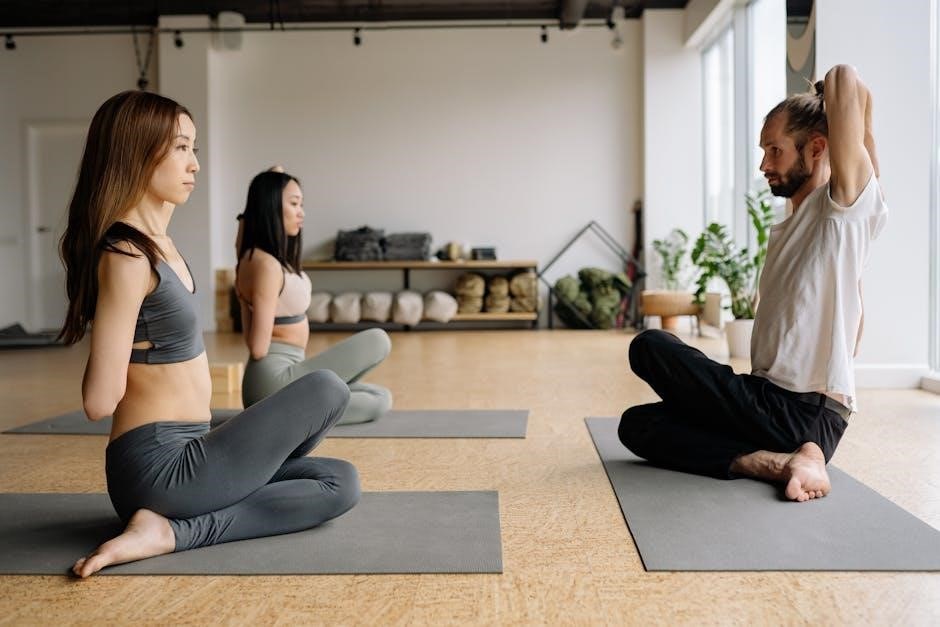
The Stretching Process
The stretching process involves gradually enlarging the piercing with tapers or plugs, requiring patience and proper technique to ensure minimal discomfort and optimal results safely.
Step 1: Start with Fully Healed Piercings
Starting with fully healed piercings is essential for safe stretching. Wait at least 6 months to ensure the tissue is strong and resilient. Avoid stretching if there’s swelling, redness, or discharge, as this indicates the piercing isn’t fully healed. Rushing this step can lead to tears, infections, or uneven results. Patience ensures a smooth and healthy stretching process.
Step 2: Select the Right Size
Choosing the correct size for your stretch is crucial to avoid tissue damage. Gradually increase from your current gauge, using smaller increments to prevent tearing. Start with a size slightly larger than your current jewelry to allow the skin to adapt without stress. Using a taper or plug helps achieve even enlargement. Always prioritize comfort and avoid skipping sizes, as this can cause unnecessary strain or injury to the earlobe.
Step 3: Cleanliness and Lubrication
Cleanliness is essential during the stretching process to prevent infections and promote healing. Wash your hands thoroughly before handling your ears. Use a mild soap and water to clean the area. Lubrication with a natural oil, such as jojoba or coconut oil, reduces friction and helps the taper slide smoothly. Avoid harsh chemicals that may irritate the skin. Regular cleaning and lubrication ensure a safe and comfortable stretching experience.

Safety and Precautions
Safety is crucial to avoid infections and injuries. Stretch slowly, wait at least eight weeks between sizes, and use clean tools to ensure proper healing and minimize risks.
Importance of Patience
Patience is key to safe ear stretching. Rushing the process can lead to tears, infections, or uneven healing. Allow at least 8-12 weeks between stretches to ensure proper tissue repair. Gradual enlargement prevents damage and promotes long-term earlobe health. Impatience may result in irreversible harm, making it crucial to prioritize healing over desired results. Consistent aftercare and slow progression ensure a successful outcome.
Risks of Stretching Too Quickly
Stretching too quickly can cause severe complications, including earlobe tears, infections, and permanent damage. It may lead to uneven healing, scarring, or blowouts, which require surgical correction. Infections from improper aftercare can spread, causing systemic health issues. Rushing the process risks long-term disfigurement and discomfort, making patience essential for a safe and successful outcome.
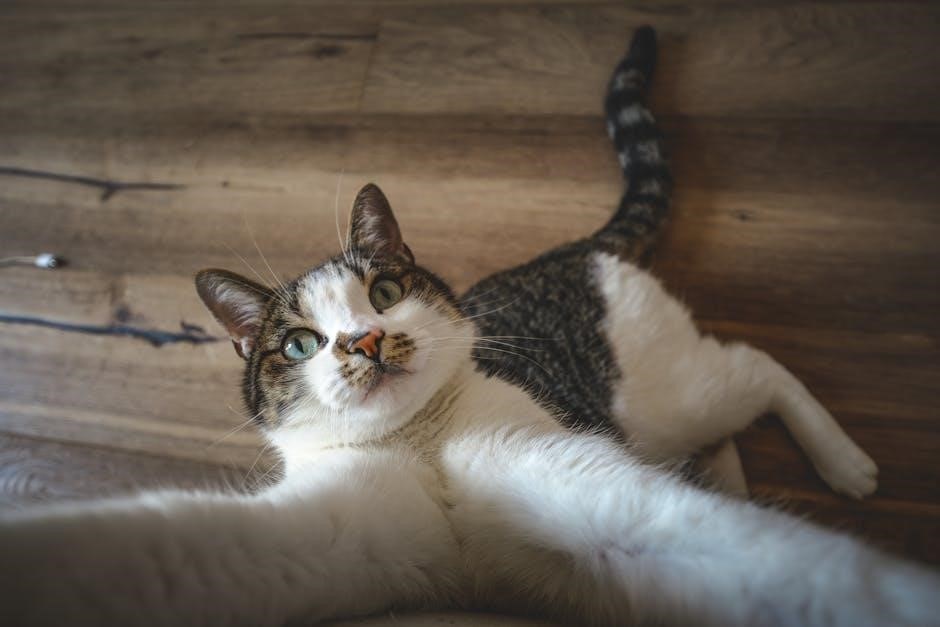
Aftercare Routine
Maintain cleanliness by cleaning daily with mild soap and saline soaks. Gently massage to promote healing. Avoid harsh products and keep the area dry.
Cleaning and Hygiene
Clean your stretched ears daily using mild soap and saline solution. Avoid harsh chemicals and ensure the area is dry after cleaning. Soaking with saline helps prevent infections and promotes healing. Use clean hands and avoid touching the jewelry unnecessarily. Regular cleaning prevents buildup and maintains the health of your earlobes. Consistency is key to successful aftercare.
Soaking and Massaging
Soak your stretched ears in a saline solution daily to promote healing and reduce swelling. Gently massage your earlobes to improve blood circulation and maintain elasticity. Use warm water for soaking to help relax the tissue. Regular massaging also helps prevent tightness and keeps the area healthy. Consistent soaking and massaging are essential for maintaining the integrity of your stretched ears and ensuring long-term comfort.

Jewelry Care
Clean jewelry regularly with mild soap and water to prevent buildup. Avoid harsh chemicals and opt for saline solutions to maintain hygiene. Store jewelry properly to prevent damage.
Choosing Safe Materials
Selecting safe materials for ear jewelry is crucial to avoid irritation and infections. Opt for high-quality, biocompatible options like surgical stainless steel, titanium, or glass plugs. These materials are gentle on the skin and minimize the risk of allergic reactions. Avoid cheap metals, acrylic, or plastic, as they can cause discomfort or infections. Properly polished and non-toxic jewelry ensures long-term comfort and safety for stretched ears.
Cleaning Jewelry
Regularly cleaning your jewelry is essential to maintain hygiene and prevent bacterial buildup. Use mild soap and warm water or a saline solution to clean jewelry daily. Avoid harsh chemicals that can damage materials or irritate skin. Gently scrub with a soft brush, rinse thoroughly, and dry with a clean cloth. Proper cleaning ensures your jewelry remains safe and comfortable to wear, promoting healthy stretched ears and preventing infections.
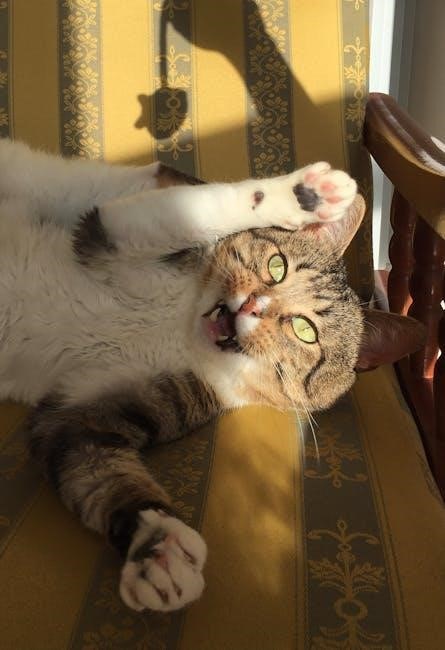
Reversing the Stretch
Reversing stretched ears involves removing jewelry to allow lobes to relax and heal naturally. Patience is key, as the process is gradual and requires time.
How to Reduce Stretch Size
Reducing stretch size requires patience and careful steps. Start by removing jewelry to let lobes relax and begin healing. Massage ears with natural oils to promote elasticity. Avoid rushing, as this can cause damage or infection. Consistency and time are essential for gradual reversal. If unsure, consult a professional piercer for guidance.
Aftercare for Reversal
Aftercare for reversal involves consistent cleaning and hydration. Soak the lobes in saline solution daily to promote healing and elasticity. Gently massage with natural oils to maintain skin health. Avoid tight clothing that may irritate the area. Monitor for signs of infection, such as redness or swelling. Keep jewelry clean and avoid over-handling. Patience is key, as full reversal can take time. Consistency ensures optimal results.

Common Mistakes to Avoid
Overstretching, ignoring aftercare, and using low-quality jewelry are common errors. These mistakes can lead to infections, scar tissue, or irreversible damage, undermining desired aesthetic results.
Overstretching
Overstretching is a common mistake that can cause permanent damage to earlobes. It occurs when the piercing is enlarged too quickly, leading to tears or thinning of the tissue. This can result in unsightly scars, difficulty maintaining the desired size, and even infections. Patience is crucial, as rushing the process compromises both safety and aesthetics. Proper healing time between stretches is essential to avoid such issues.
Ignoring Aftercare
Ignoring aftercare is a critical error that can lead to infections, scarring, and prolonged healing. Proper cleaning, soaking, and hygiene are essential to maintain ear health and prevent complications. Neglecting these steps can result in the buildup of bacteria, causing irritation and potentially severe infections. Consistent aftercare ensures the piercing heals properly, reducing risks and promoting a successful stretching journey. Regular maintenance is key to achieving and maintaining desired results safely.
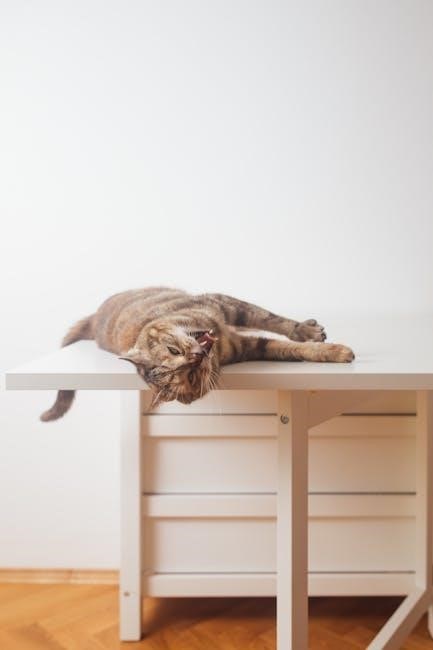
Best Practices for Long-Term Health
Adopting best practices involves maintaining hygiene, avoiding harsh materials, and monitoring for infections. These habits ensure earlobe health and prevent complications, promoting long-term satisfaction with stretched ears.
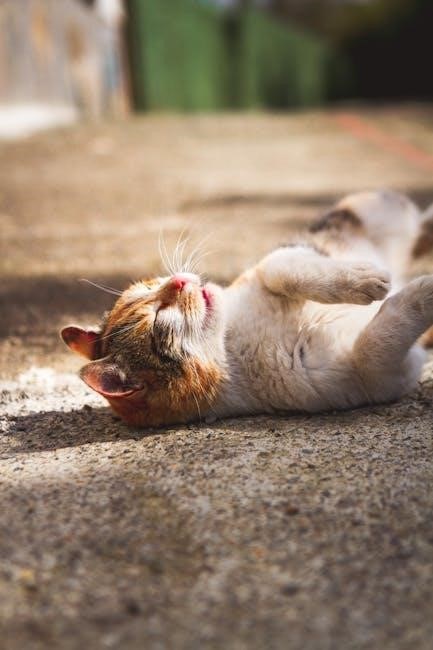
Maintaining Earlobe Health
Maintaining earlobe health is crucial for successful ear stretching. Regular cleaning with mild soap and water prevents infections. Daily soaking in saline solution promotes healing and keeps lobes supple. Avoiding tight jewelry and harsh materials reduces irritation. Massaging earlobes can improve circulation and elasticity, ensuring they remain healthy and resilient throughout the stretching process. Consistency in these practices supports long-term ear health and aesthetic appeal.
Monitoring for Infections
Monitoring for infections is essential during and after ear stretching. Look for signs like redness, swelling, discharge, or warmth around the piercing. If these symptoms persist, seek professional medical help immediately. Proper hygiene and aftercare significantly reduce infection risks. Regular cleaning and avoiding tight or irritating jewelry are key preventive measures. Early detection ensures timely treatment, preserving ear health and preventing complications.
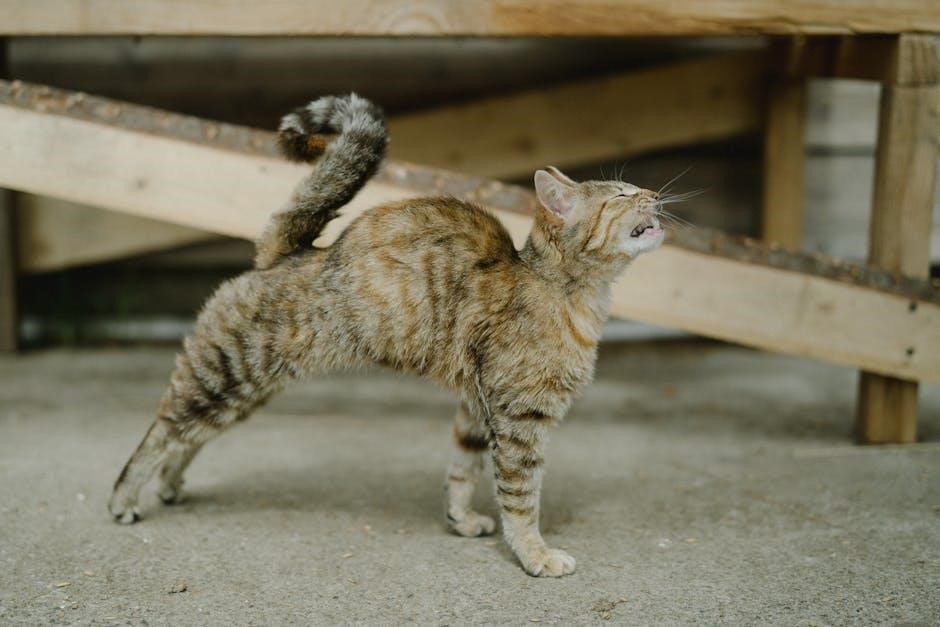
Frequently Asked Questions
Common questions include how long to wait between stretches and if swimming is safe. Patience and proper aftercare are consistently emphasized for successful outcomes.
How Long Should I Wait Between Stretches?
It’s crucial to wait at least 8-12 weeks between stretches to allow proper healing. Rushing can lead to infections or tears. Listen to your body and only proceed when your ears are fully recovered. Patience ensures long-term success and healthier lobes for future stretches. Always prioritize safety over speed.
Can I Swim with Stretched Ears?
Swimming with stretched ears is possible but requires caution. Avoid pools with harsh chemicals like chlorine, as they can irritate the area. Opt for saline or freshwater. Remove jewelry before swimming to prevent snagging. After swimming, clean your ears thoroughly with mild soap and water to maintain hygiene and prevent infections. Always prioritize your ear health to ensure long-term comfort and safety.
Ear stretching is a rewarding journey with proper care and patience. Follow guidelines, maintain hygiene, and listen to your body for long-term success and healthy results.
Final Tips for Successful Ear Stretching
Always prioritize patience and gradual stretching to avoid damage. Use high-quality jewelry materials like titanium or glass for safety and comfort. Avoid cheap plastics or metals that may irritate. Keep your ears clean with mild soap and water, and soak regularly to promote healing. Massage your lobes to maintain flexibility and prevent tightness. Remove jewelry while sleeping to reduce strain and ensure proper blood flow.


